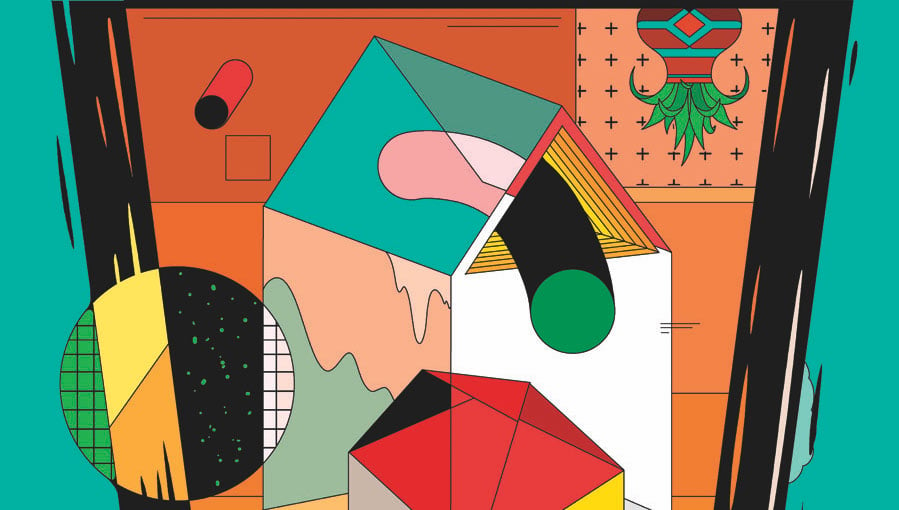
March 8, 2021
Using VR/AR/MR to Craft the Next Generation of Designed Environments
For Kat Schneider, digital design application specialist at IA Interior Architects, VR and other immersive tech should be seen as more than just presentation tools.
Technology is changing the world as we know—and design—it. But have architects and designers unlocked the full potential of cutting-edge digital tools? In this series of comments, practitioners with a visionary approach examine some of the most influential and disruptive tech today—like blockchain technology, VR/AR/MR, spatial computing, machine learning, and cloud computing—and envisage their impact on the practice of architecture and interior design tomorrow. The changes they describe, while forecasts, will likely come to fruition, driving the way we plan, work, and create. Consider this a glimpse of the not-so-distant future.

The industry today still thinks about virtual, augmented, and mixed reality technology as predominantly a vehicle for representing design as part of the visualization tool kit. But the impact of immersive technology on architecture and interior design is far more expansive. VR/AR/MR carry the potential not just to represent a space but rather to be a designed form of space itself.
At a macro level our relationship with tech is drastically shifting, as we evolve from spectators watching digital content on a screen to participants immersed in technology using highly personal, wearable devices. This presents a call to action for architects and designers to carefully consider the ways in which the flexibility of virtual space can be used as a true extension of physical space to better serve the ever-evolving needs of end users.
Neurologically and psychologically VR/AR/MR environments form a new generation of lived experiences in space. Within our IAXR Extended Reality practice, we are currently exploring how designers think about this next evolution of designed environments. What these environments look like, how they function, and how they feel need to be crafted and designed with the same rigor we consider the physically built environment. Architects and interior designers have a prominent place at the table in the development of these tools and technologies. It is our responsibility to apply our expertise in creating a sense of place in the physical world to also ensure success, comfort, and usability in the virtual realm.

You may also enjoy “Building Sentient Environments With Spatial Computing”
Would you like to comment on this article? Send your thoughts to: [email protected]
Register here for Metropolis’s Think Tank Thursdays and hear what leading firms across North America are thinking and working on today.
Recent Viewpoints
Viewpoints
Sustainability News Updates for Q2 2025





